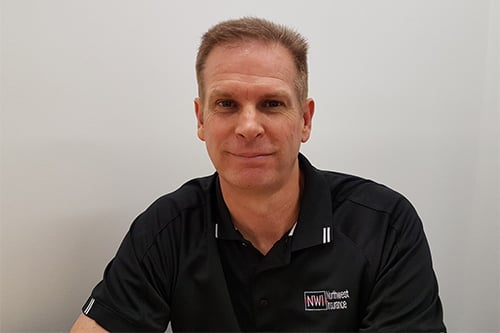

When it comes to natural disasters that affect the eastern seaboard of Australia, there are a host of threats - bushfires, floods and cyclones have all caused significant damage in recent years, with their effects exacerbated by climate change.
One weather event that might not have attracted as many headlines, yet still has the potential to do excessive amounts of damage to property, is hailstorms. It’s something that has affected south-east Queensland particularly strongly in recent times: a 2014 occurrence in Brisbane resulted in more than $1.5 billion in claims, while a hailstorm in Rockhampton this past April led to losses of $503 million.
The first weekend of November saw a hailstorm hit Brisbane with ferocity, leading the Insurance Council of Australia (ICA) to declare the damage caused by the storm to be a catastrophe. It marked the first catastrophe declaration for the 2020-2021 natural disaster season and follows the unparalleled $5.9 billion in insurance claims that were filed last season.
“The catastrophe declaration means insurers will prioritise claims from these hail-affected areas and will direct urgent attention to those most in need of assistance,” ICA CEO Andrew Hall stated, adding that homeowners should “contact their insurers before commissioning any repairs to their homes.”
According to the ICA, about 60% of claims have been for damage to motor vehicles, with the remaining 40% concerning damage to homes. Claims were quick to stack up in the storm’s aftermath across the industry – Suncorp, for example, reported that it had already received 3,600 claims related to the hailstorm within the following two days.
“Our claim teams across our brands including AAMI, Suncorp, Apia GIO and Vero are out on the ground providing support to our customers, assisting them in getting claims assessed as soon as possible,” said Suncorp Group CEO Steve Johnston.
“We urge our customers to please continue to take every safety precaution as they inspect any damage. Their safety must be the number-one priority. Our claim teams can arrange emergency make-safe work and, if necessary, organise temporary accommodation for customers whose homes have been severely damaged,” he added.
RACQ spokesperson Lucinda Ross informed Insurance Business that they had received more than 5,200 claims as of November 09, with some “really extreme damage seen in suburbs west of Brisbane” such as Springfield, Greenbank and Boronia Heights.
“Some of the damage is just unbelievable – houses have had their roofs absolutely destroyed with hailstones that have gone through the tiles, and, given the large number of claims, the clean-up is very much still in process,” she noted. “Our focus is on getting RACQ members whose homes have been rendered uninhabitable to safe properties in the meantime.”
Ross also cautioned that so-called ‘disaster chasers’ had been spotted preying on victims of the hailstorms and seeking to exploit their vulnerability by offering immediate repair services but often conducting them in a shoddy and illegal manner. Her warning was echoed by Andrew Hall, who warned that disaster chasers can “leave many families, elderly, and disabled Australians much worse off, with large bills and homes that remain badly damaged.”
For David Coe (pictured above), the managing director of Bundaberg-based Northwest Insurance, the fact that none of his clients were affected directly by the hailstorms was more a sign of luck than anything else.
“We’ve got clients in every state of the country, but the majority of our clients are here in Bundaberg, only a few hours away from where the hailstorms were,” he informed Insurance Business. “My clients are starting to get used to the fact that there seems to be natural disasters all the time now, and across the spectrum of potential disasters as well.”
Pointing to the potential effects of the upcoming La Niña weather pattern, Coe highlighted that the anticipated above-average cyclone activity would be more likely to have a negative impact on his customers.
“We’re moving into cyclone season here and it’s expected to be worse than usual, so I’m advising my clients to be prepared by making sure their place is secure, tidied up, and in a position to minimise risk and potential loss,” he said.
“Though insurance policies are extremely important during times of natural disaster, they shouldn’t be your first line of defence.”
